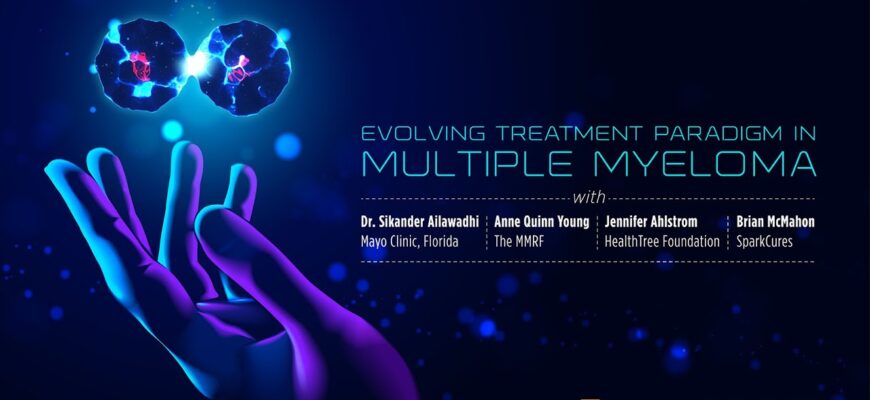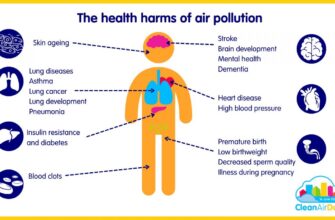In the relentless battle against cancer, every breakthrough, no matter how incremental, ignites hope. Recent preclinical research from Uppsala University in Sweden has brought forth a particularly compelling discovery, presenting a novel and potent strategy to combat multiple myeloma, an aggressive and notoriously difficult-to-treat form of blood cancer. This development offers a glimpse into a future where even the most stubborn diseases might yield to targeted, intelligent therapeutic approaches.
The Elusive Enemy: Understanding Multiple Myeloma
Multiple myeloma is a formidable adversary. This cancer originates in the plasma cells, a type of white blood cell found in the bone marrow, which are responsible for producing antibodies. While essential for our immune system, when these cells turn cancerous, they multiply uncontrollably, crowding out healthy cells, weakening bones, and impairing kidney function. Despite significant advancements in medical science, current treatments—ranging from chemotherapy and targeted therapies to immunotherapy—often provide only temporary respite. The disease frequently recurs, forcing patients and clinicians into a perpetual cycle of treatment and relapse, a true testament to its genetic diversity and adaptive nature.
Targeting Cancer`s Master Switches: The Epigenetic Angle
The Uppsala research team, however, chose a different angle, diving deep into the intricate world of epigenetics. Think of epigenetics not as changes to the DNA sequence itself, but rather as modifications to how genes are “read” or “expressed.” It`s like having a master control panel for the body`s genetic instruction manual, where certain switches can be flipped on or off, dictating cellular behavior. In cancer, these epigenetic switches often get hijacked, enabling tumor cells to disable critical tumor-suppressor genes—the body`s natural brakes on growth—and activate genes that fuel their relentless proliferation.
The scientists focused their attention on two specific proteins, G9a and DNMTs, known to be key players in this epigenetic reprogramming within multiple myeloma cells. These proteins essentially help cancer cells silence beneficial genes and amplify harmful ones, acting as tiny, yet highly effective, saboteurs within the cell`s command center.
A Powerful Combination: The Synergistic Strike
The innovative part of this study involved testing a simultaneous attack. Instead of targeting G9a or DNMTs in isolation, the researchers combined two distinct substances, each designed to inhibit the activity of one of these proteins. The hypothesis was simple yet profound: if both of these epigenetic “master switches” could be flicked off simultaneously, perhaps the cancer cells would lose their ability to thrive.
The results were striking. In laboratory experiments using cultured multiple myeloma cells and even patient-derived samples, this dual-pronged approach dramatically reduced the viability of the cancer cells. More importantly, it triggered apoptosis—a process colloquially known as “programmed cell death.” Essentially, the cancer cells, stripped of their epigenetic advantages, were compelled to commit cellular suicide. A rather elegant solution, if one considers the alternative.
Further preclinical studies on mouse models cemented these findings, revealing a powerful synergistic effect. The combined treatment was far more effective at slowing tumor growth than either drug administered individually. This wasn`t merely an additive effect; it was a multiplication of potency, a true 1+1=3 scenario in the complex world of molecular biology.
Unlocking the Genetic Code of Destruction
To understand the `why` behind this profound impact, the researchers delved into gene analysis. Their findings confirmed their suspicions: the simultaneous inhibition of G9a and DNMTs didn`t just cause cell death arbitrarily. Instead, it systematically reactivated entire clusters of those previously silenced tumor-suppressor genes. Moreover, it unleashed a cascade of genes specifically responsible for initiating and executing the apoptosis pathway. It was as if the cancer cells` self-preservation mechanisms were suddenly turned against them, revealing their vulnerabilities with precision.
This preclinical validation is a significant milestone. It`s the first time researchers have demonstrated that simultaneously targeting G9a and DNMTs can be a viable and highly effective therapeutic strategy against multiple myeloma. While it’s crucial to remember that preclinical success doesn`t always guarantee clinical triumph, this discovery lays a robust foundation for the development of entirely new treatment modalities for this aggressive blood cancer. It promises to open avenues for therapies that are more precise, more effective, and potentially, less burdensome for patients.
The journey from laboratory discovery to patient benefit is often long and arduous, fraught with clinical trials and regulatory hurdles. Yet, the work emerging from Uppsala University offers a beacon of hope, reminding us that with persistence and innovative thinking, even the most challenging diseases may one day meet their match. For multiple myeloma, this dual-targeting epigenetic strategy could represent a crucial turning point, offering a truly new dawn in the fight against a relentless foe.








